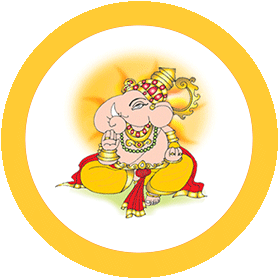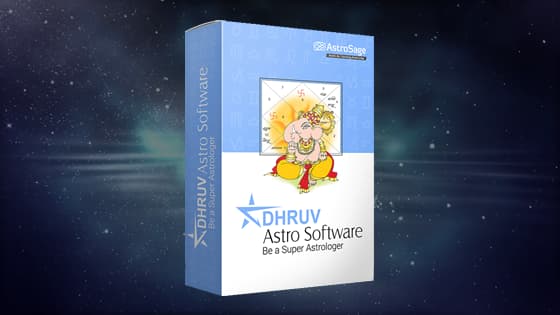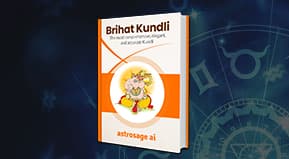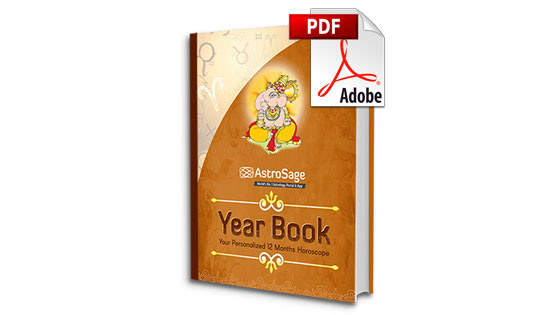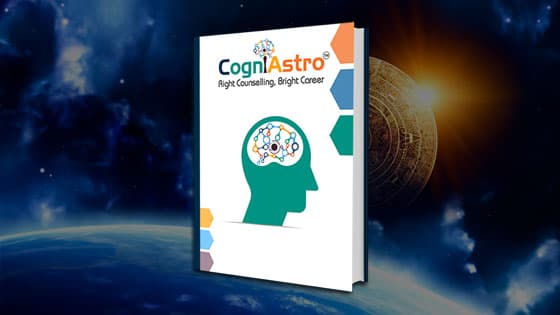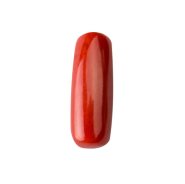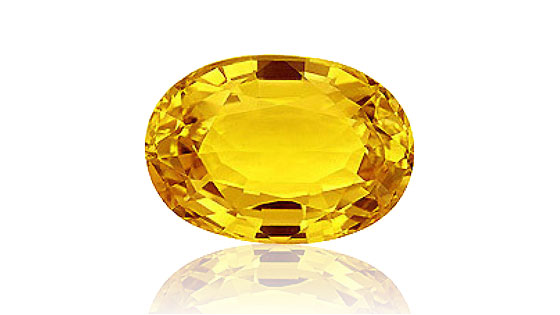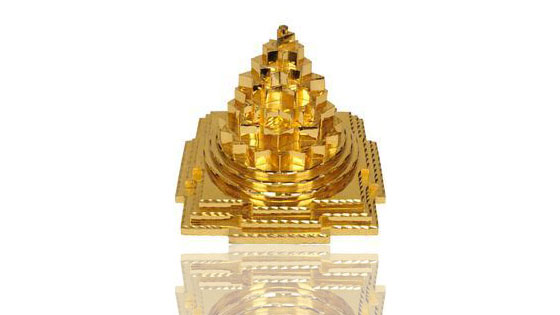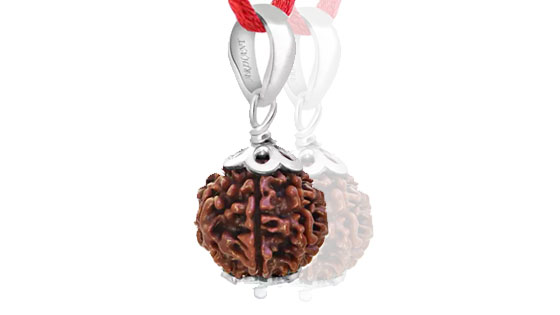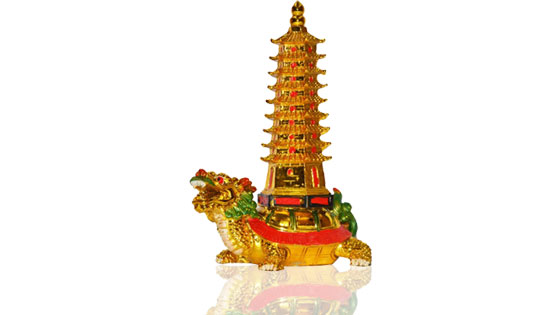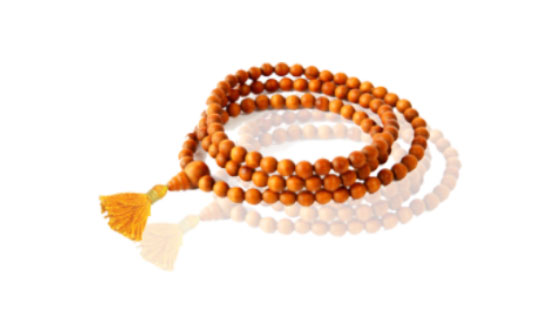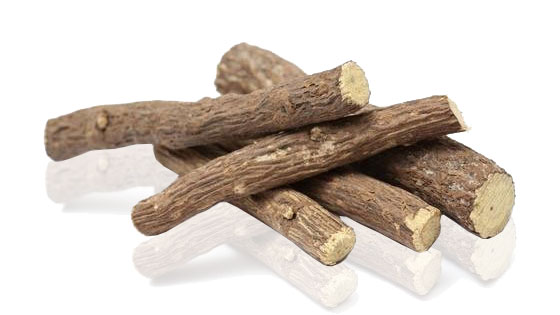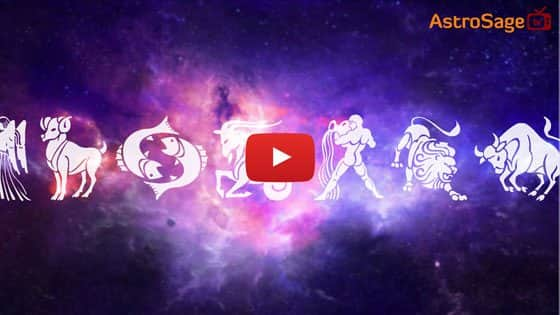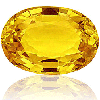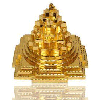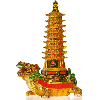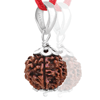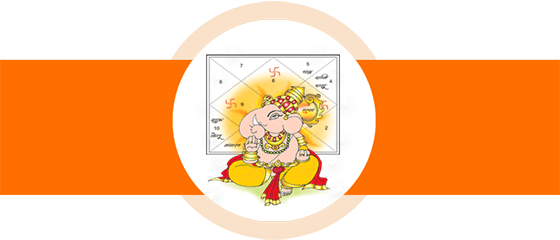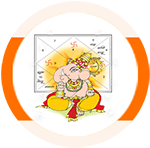Navratri 2013 Dates: Sharad Navaratri in 2013
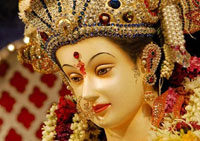
Navaratri is a nine-day festive season for Hindus. The believers celebrate nine forms of Goddess Durga during these days in order to welcome her visit on Earth. Let's read further to know more about the beautiful colors and alluring ways of celebrating this festival.
Sharada Navaratri 2013 will commence from October 05, 2013 and end on October 13, 2013. Navratra is a nine day festival and comes five times in a year. However, Sharad Navratri is the most anticipated event amongst all for the belief that it is highly influenced by the Devi. Navaratri is celebrated all over India in various forms and with different believes. The word 'Navratri' is basically a Sanskrit term which was developed after combining two words 'Nava' meaning 'nine' and 'Ratri' meaning 'night'. Navratra is dedicated to Shakti Ma or Goddess Durga for her nine day visit on Earth. Indians believe that the Shakti or Devi Ma has nine incarnations and each visits a day on Earth.
Following are the five forms of Navaratri festival:
- Vasanta Navaratri (March-April)
- Gupta Navaratri (June-July)
- Sharada Navaratri (September-October)
- Paush Navaratri (December-January)
- Magh Navaratri (January-February)
The exact dates of all these Navratri days are always decided as per the lunar calendar. However, in the beginning of spring and autumn, the time is considered auspicious for the best climatic and solar influence. Hence, Vasanta and Sharad Navratra are considered as the time of Goddess's strongest influence. Most people are unaware of other Navratras and they celebrate these two only. If we talk about the time of strongest influence amongst all, then it comes in Sharad Navratri. It is the only Navratri season celebrated by all and ends on the tenth day called 'Vijayadashmi'.
Mathematics of Sharad Navaratri 2013 Dates
Sharada Navratri is also known as Maha Navaratri, which falls in the month of Ashwini according to Hindu calendar. This nine-day festive season is celebrated passionately in each and every corner of India, especially in East. Not only India is drugged, but western countries have also got the addiction of bright and colorful Indian festivals. The festival starts from the first day and ends on the tenth day, which is the bright half of the Ashwini month. Worshippers celebrate it as the festival of autumn season to cherish the good harvest. Also, it indicates the victory of Goddess Durga after defeating Mahishasura (symbolizing evil ) and establishing peace and prosperity on Earth. There are many stories related to this festival and each community has their own belief to celebrate accordingly.
Date-wise calendar of Shardiya Navratri 2013 is mentioned below:-
05th October 2013 (Saturday): Pratipada - Ghatasthapana - Shailaputri Pujan
06th October 2013 (Sunday): Dwitiya - Chandra Darshan - Brahmacharini Pujan
07th October 2013 (Monday): Tritiya - Sindoor Tritiya - Chandraghanta Pujan - Kushmanda Pujan - Varad Vinayaka Chauth
08th October 2013 (Tuesday): Panchami - Upang Lalita Vrat - Skanda Mata Pujan
09th October 2013 (Wednesday): Shashthi - Saraswati Awahan - Katyayani Pujan
10th October 2013 (Thursday): Saptami - Saraswathi Puja - Kala Ratri Pujan
11th October 2013 (Friday): Ashtami - Durga Ashtami - Maha Gowri Pujan - Sandhi Puja
12th October 2013 (Saturday): Navami - Maha Navami
13th October 2013 (Sunday): Dashami - Vijaya Dashmi
Bye-bye to Navratri Nights
In order to see-off Ma Durga, people perform special puja. Some ends the nights
on Ashtami and some believes in Navami. On these two days (as on belief), people
do special puja and treat young girls with delicious cuisines as well as gifts.
Gujaratis perform Garba nights throughout these nine nights that are also known
as Dandiya nights and the last night is the biggest celebration night for them.
At some places, Dandiya is celebrated only on the last night.
Bengalis perform Durga puja with loads of music, dance and colors. They prepare
delicious dishes and celebrate this day blissfully.
Vijayadashmi- The Grand Closing!
The last day of Navratri is also known as 'Dusshera'. There are many stories related to this day as per the belief of celebrators. One is that, on this day Lord Rama defeated the evil Raavan and saved his wife Sita, second is the victory of Goddess Durga over Mahishasura and there are many other reasons related to Hindu beliefs.
Navaratri Celebration
People have variety of methods for celebrating this auspicious festival. In most of the parts of the country, people celebrate Navratas by singing holy songs, also known as 'Bhajans'. They worship Goddess Durga and her main three incarnation Lakshmi, Saraswati and Kali; throughout these nine days. Many people keep fast to enchant Devi. The fast could be of either nine days or two days. The two days should be the first and last day of the nine days. Now, we will discuss in detail about fasting.
Navaratri Fasting
Navratri fasting is practiced by the devotees of Goddess Durga to cleanse and purify the body as well as soul. It is believed that the person who fasts get blessed for being a person with virtue. Navratri fast is not strictly banned for foods or liquids. Some sorts of eatables are allowed during these days, such as milk, fruits, potatoes and other root vegetables. It is considered that grains absorb negative energies that is why these are strictly avoided. Further, common salt is also not allowed instead Sendha Namak (Rock Salt) is suggested. The period of these pious Navratri days is considered for purity and believers evade non-vegetarian foods in these days.
It is important for all to have complete knowledge of Navratri as the fasts observed during these days are the most auspicious ones. Clear your heart from all negative thoughts and indulge in the service of Goddess Durga.
Astrological services for accurate answers and better feature
Astrological remedies to get rid of your problems
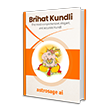
AstroSage on MobileAll Mobile Apps
AstroSage TVSubscribe
- Horoscope 2026
- राशिफल 2026
- Calendar 2026
- Holidays 2026
- Shubh Muhurat 2026
- Saturn Transit 2026
- Ketu Transit 2026
- Jupiter Transit In Cancer
- Education Horoscope 2026
- Rahu Transit 2026
- ராசி பலன் 2026
- राशि भविष्य 2026
- રાશિફળ 2026
- রাশিফল 2026 (Rashifol 2026)
- ರಾಶಿಭವಿಷ್ಯ 2026
- రాశిఫలాలు 2026
- രാശിഫലം 2026
- Astrology 2026









